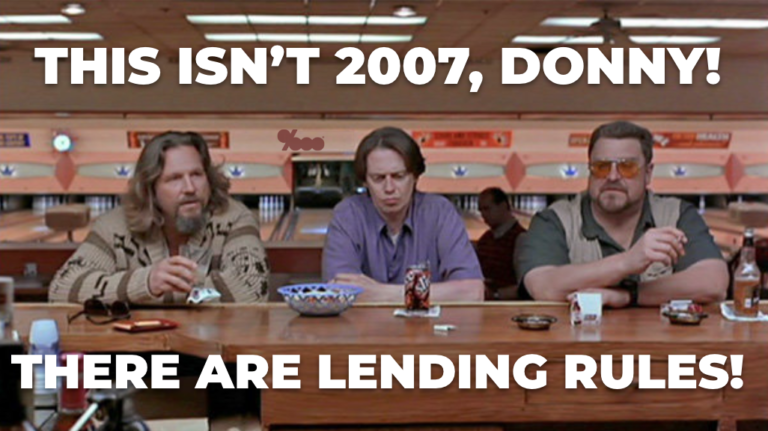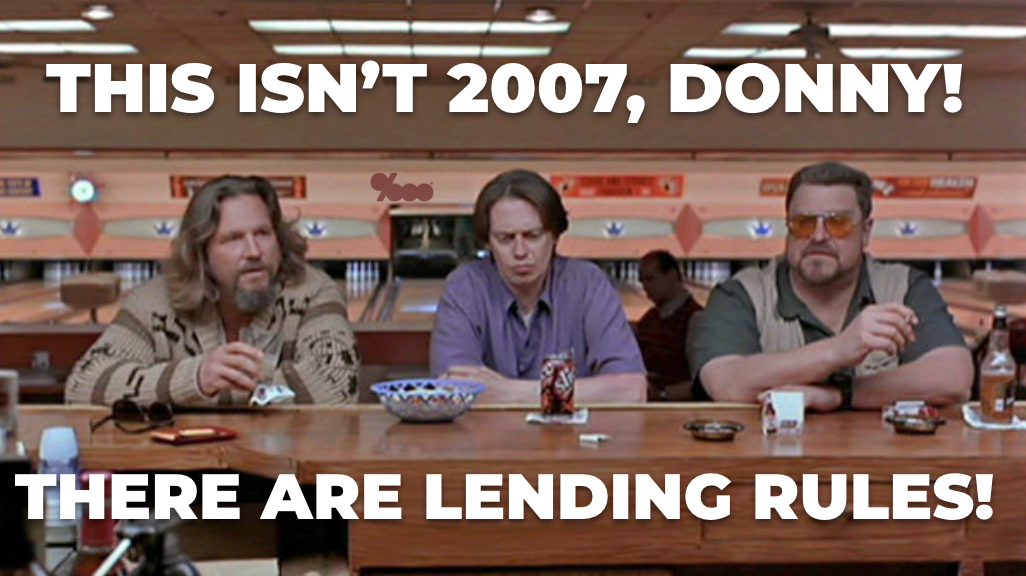6 Ways Home Loan Rules Protect You (and don’t) If You Fall On Hard Times

After the home lending-led 2008 financial crisis, the U.S. government totally re-regulated finance and lending to avoid a repeat.
A big part of this was creating the Consumer Financial Protection Bureau, an agency that would make rules to look out for us little people and protect the financial system from its own worst impulses (the Trump administration renamed it the Bureau Of Consumer Financial Protection).
The Bureau just issued a report on the effects of one of the rules that protects you if you’re at risk of foreclosure or worried about tough times ahead.
Of course, reading the report is like reading hieroglyphics carved by an ancient Egyptian lawyer. So here’s a version translated into what it means for you:
– When you fell behind on your mortgage pre-crisis, it was hard to avoid losing your home, so thousands who didn’t have to lose their homes were foreclosed on.
– Post-crisis rules forced lenders to do a few things to help you avoid foreclosure. The rules also make it so lenders must meet timely response deadlines when you have hard times and ask for help.
– These rules made it so at least 26,000 people and as many as 40,000 avoided foreclosure.
That’s good! But let’s not pretend all responsibility is on the lender. In addition to protecting you, the Bureau also exists to protect the broader financial system where your mortgage and everyone else’s eventually ends up. So as a borrower it’s also important to remember your responsibilities:
– Lenders aren’t required to change the terms of your loan if you’re at risk of foreclosure.
– These new rules just make it easier for you to to go through the existing loan modification processes that exist at your lender.
– Your lender is required to keep you informed if you request info about a loan modification. And before you even get a mortgage, you should ask your lender to brief you on these policies. It’s a good test to see how much your loan officer knows about processes they’re required to follow if you fall on hard times.
So where are we with safety of the system overall?
This Bureau report specifically focused on servicing, meaning what lenders can/can’t do with your loan after it closes, and we’re calling it out because if the economy softens as we move through 2019, you need to know where you are/aren’t protected.
As for what lenders can/can’t do with your loan when it’s being approved, there is a whole body of rules for that too. Those rules are also critical for protecting the system overall—maybe more critical than the servicing rules—because they make sure the financial system isn’t being pumped full of bad loans like in the years up to the crisis.
Bad loans with changing terms that surprise people down the road are what lead to people being late on their payments and eventually going into foreclosure. More current Late payment data shows we’ve made a ton of progress here.
Why? Because new rules have made loans safer and more predictable.
Loans with strange adjustments where the rates spike or where you can pay less than the interest due (so your loan balance actually rises over time!) have been made illegal. Loans without providing proof of income and assets have been made illegal. And lenders must not only document your ability to repay, they must also verify that your total monthly debts are capped at a certain percentage of your income.
So your loan process remains more challenging, but that’s a small price to pay to ensure you’ve vetted your ability to afford a home.
Feel free to hit us with questions using the buttons below or our contact page.
___
Reference:
– Have Bureau Of Consumer Financial Protection’s Loan Servicing Rules Helped?

